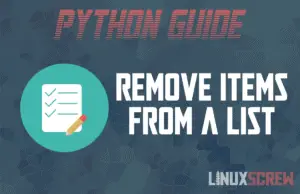How to Rename a Directory in Linux
In this tutorial, we explain how to rename a directory in Linux, using the “mv” and “rename” commands. Renaming directories is not very different from renaming files. Because after all, this is Linux, where everything is a file. Even the directories. So, most of what we discussed with renaming files works here too. Renaming directories with mv mv RenameDir/ renameDir There it is. Just mv it, like the song. Only special concerns, if you have anything directed to the directory. Make sure to search your … Read more










